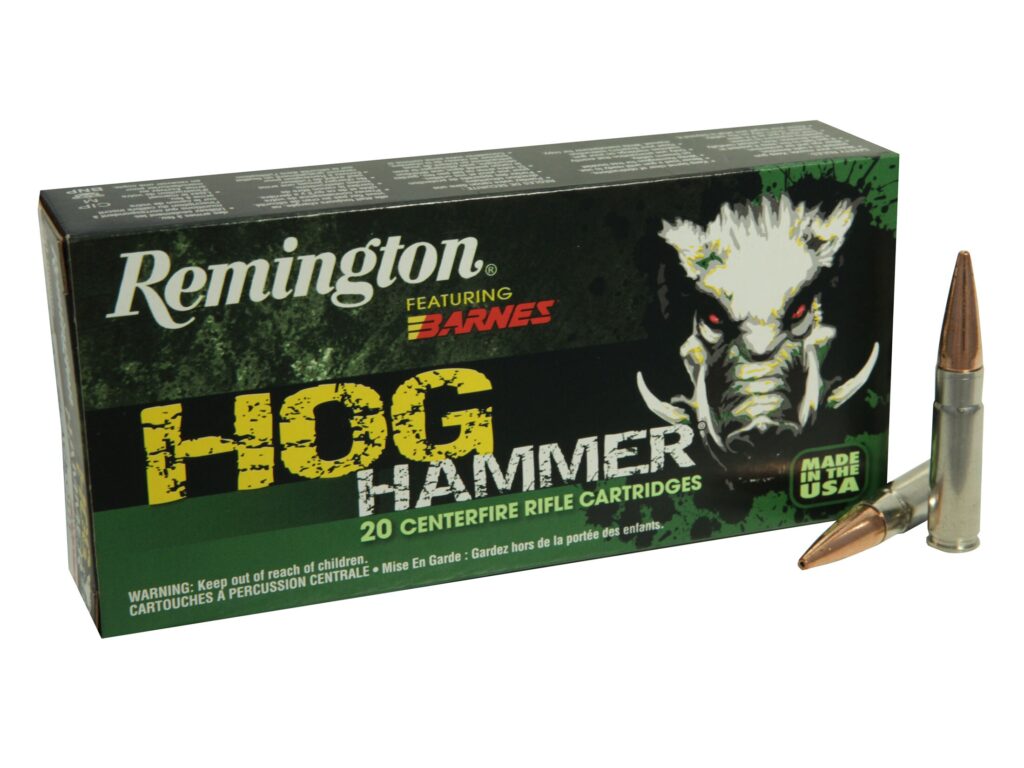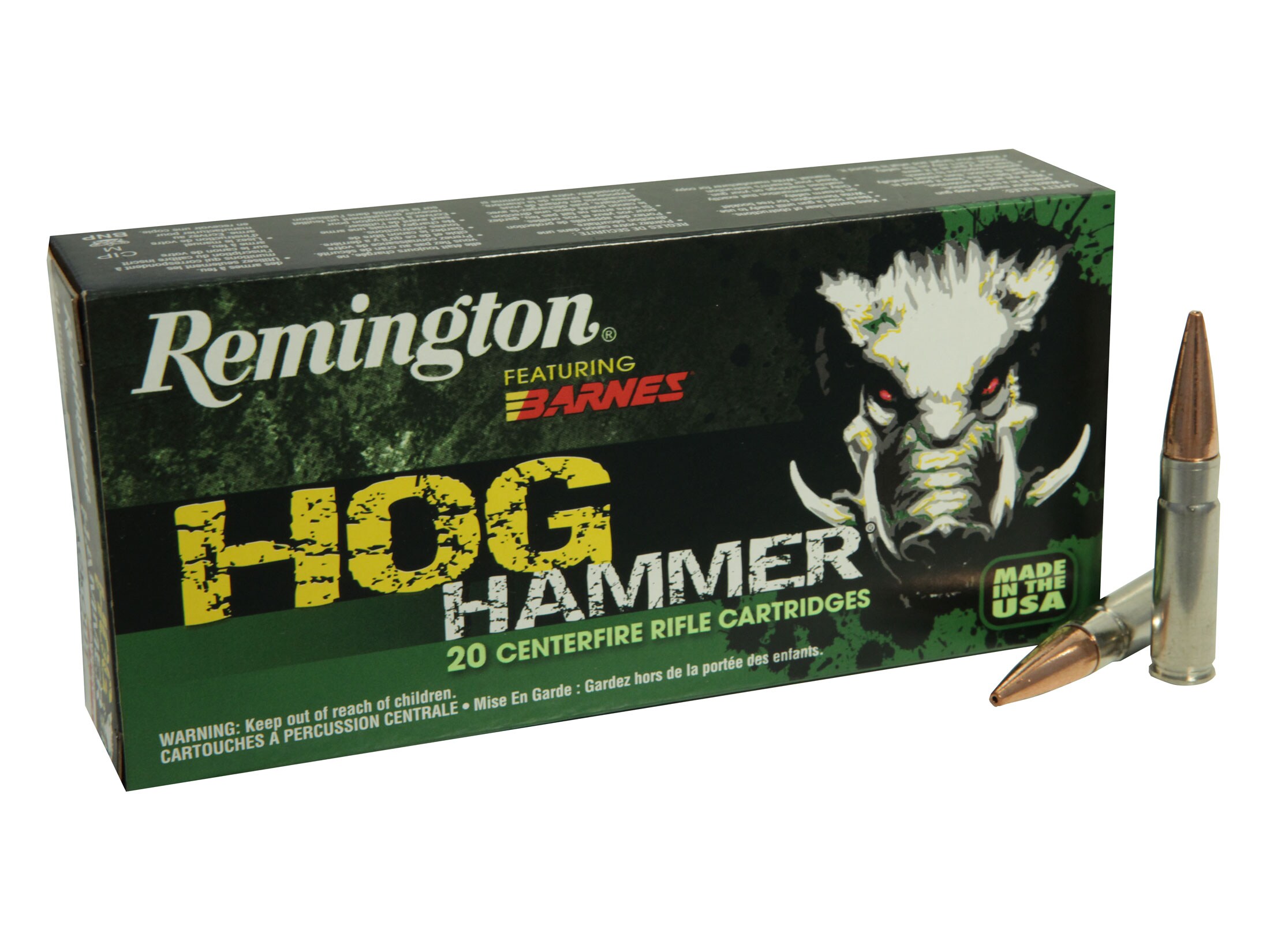
300 Blackout Ammo for Hunting: A Comprehensive Guide
The .300 Blackout (7.62x35mm) cartridge has surged in popularity among hunters in recent years, offering a versatile platform for various game species. This guide provides a comprehensive overview of 300 Blackout ammo for hunting, covering its ballistic performance, suitable game, optimal bullet selection, and legal considerations. Whether you’re a seasoned hunter or new to the .300 Blackout, this article will equip you with the knowledge to make informed decisions.
Understanding the 300 Blackout Cartridge
Originally designed for military applications, the .300 Blackout was developed to provide AR-15 platforms with a cartridge capable of superior subsonic performance and compatibility with standard magazines and bolt carriers. Its civilian adaptation quickly gained traction due to its effectiveness in suppressed rifles and its suitability for short-barreled rifles (SBRs). The .300 Blackout’s relatively low recoil and inherent accuracy have also contributed to its appeal among hunters.
Ballistic Performance
The .300 Blackout offers a diverse range of bullet weights and velocities. Supersonic loads typically feature bullet weights ranging from 110 to 125 grains, achieving velocities between 2200 and 2400 feet per second (fps). Subsonic loads, on the other hand, generally employ heavier bullets (190 to 220 grains) traveling at velocities around 1000 to 1100 fps. This versatility allows hunters to tailor their ammunition selection to specific hunting scenarios and game species.
The effective range of the 300 Blackout ammo for hunting is typically considered to be within 200 yards for supersonic loads and even less for subsonic rounds. While some experienced shooters may push these limits, ethical hunting practices dictate making clean, humane shots within the cartridge’s capabilities.
Suitable Game for 300 Blackout
The .300 Blackout is well-suited for hunting various game species, particularly those within the medium-sized category. Common game animals hunted with the .300 Blackout include:
- Whitetail Deer: With proper shot placement and appropriate bullet selection, the .300 Blackout can be an effective deer hunting cartridge, especially within shorter ranges.
- Hogs: Feral hogs are a popular target for .300 Blackout hunters due to the cartridge’s effectiveness in dense cover and its compatibility with AR-15 platforms.
- Coyotes and Other Predators: The .300 Blackout provides sufficient energy and accuracy for predator hunting, offering a viable option for controlling predator populations.
- Small Game: Some hunters utilize the .300 Blackout for small game hunting, although smaller calibers are often preferred for this purpose.
It’s crucial to note that the .300 Blackout is generally not recommended for larger game species such as elk or bear. While it is possible to take these animals with the .300 Blackout under ideal circumstances, it is generally considered unethical due to the cartridge’s limited energy and penetration at longer ranges. Always consider the ethical implications and legal requirements before hunting any game species with the 300 Blackout ammo for hunting.
Optimal Bullet Selection for Hunting with 300 Blackout
Selecting the right bullet is paramount for ethical and effective hunting with the .300 Blackout. Several factors influence bullet performance, including bullet weight, construction, and design. Some popular bullet types for 300 Blackout ammo for hunting include:
- Expanding Bullets: These bullets are designed to expand upon impact, creating a larger wound channel and transferring more energy to the target. Common expanding bullet types include:
- Soft Point Bullets: These bullets feature an exposed lead tip that initiates expansion upon impact.
- Polymer-Tipped Bullets: These bullets incorporate a polymer tip that enhances expansion and improves ballistic coefficient.
- Bonded Bullets: These bullets feature a bonded core and jacket, preventing separation upon impact and ensuring deeper penetration.
- Solid Copper Bullets: These bullets are constructed entirely of copper, offering excellent weight retention and penetration. Solid copper bullets are often preferred in areas where lead ammunition is restricted.
- Subsonic Hunting Bullets: Designed for use in suppressed rifles, these bullets are optimized for subsonic velocities and offer reliable expansion at lower speeds.
Consider the game species you are hunting, the expected range, and the local regulations when selecting your 300 Blackout ammo for hunting. Consult with experienced hunters or ballistics experts to determine the optimal bullet choice for your specific needs.
Legal Considerations
Hunting regulations vary widely by state and locality. It is essential to familiarize yourself with the specific regulations in your hunting area before using the .300 Blackout. Common legal considerations include:
- Minimum Caliber Requirements: Some states have minimum caliber requirements for certain game species. Ensure that the .300 Blackout meets or exceeds these requirements.
- Ammunition Restrictions: Some areas may restrict the use of lead ammunition or require the use of specific bullet types.
- Hunting Methods: Regulations may restrict the use of certain hunting methods, such as hunting over bait or using electronic calls.
- Private Land Hunting: Always obtain permission from the landowner before hunting on private property.
Failure to comply with hunting regulations can result in fines, license revocation, and other penalties. Always prioritize ethical and legal hunting practices.
Tips for Hunting with 300 Blackout
Here are some tips to enhance your hunting experience with the .300 Blackout:
- Practice Regularly: Familiarize yourself with your rifle and ammunition by practicing regularly at the range.
- Know Your Limits: Understand the effective range of your 300 Blackout ammo for hunting and avoid taking shots beyond your capabilities.
- Shot Placement is Key: Accurate shot placement is crucial for ethical and effective hunting. Aim for vital organs to ensure a quick and humane kill.
- Use a Rangefinder: A rangefinder can help you accurately determine the distance to your target, improving your shot placement.
- Consider a Suppressor: A suppressor can reduce recoil and muzzle blast, improving your shooting experience and reducing disturbance to wildlife. However, be aware of any legal restrictions on suppressor ownership in your area.
- Choose the Right Optic: Select an optic that suits your hunting style and the expected range. Options include red dot sights, holographic sights, and magnified scopes.
- Be Aware of Wind Conditions: Wind can significantly affect bullet trajectory, especially at longer ranges. Learn to compensate for wind drift to improve your accuracy.
300 Blackout Ammo Brands for Hunting
Several reputable ammunition manufacturers offer 300 Blackout ammo for hunting. Some popular brands include:
- Barnes: Known for their high-quality solid copper bullets, Barnes offers a range of .300 Blackout hunting ammunition.
- Hornady: Hornady offers a variety of .300 Blackout hunting loads, including their popular SST and InterLock bullets.
- Federal Premium: Federal Premium offers a wide selection of .300 Blackout ammunition, including their Fusion and Power-Shok lines.
- Remington: Remington offers .300 Blackout ammunition suitable for hunting.
- Nosler: Nosler offers premium .300 Blackout hunting ammunition featuring their AccuBond and Partition bullets.
Research and compare different brands and loads to find the best 300 Blackout ammo for hunting for your specific needs and rifle.
Conclusion
The .300 Blackout offers a versatile and effective platform for hunting various game species, particularly within shorter ranges. By understanding its ballistic performance, selecting the appropriate bullet, and adhering to legal regulations, hunters can utilize the 300 Blackout ammo for hunting ethically and successfully. Remember to prioritize shot placement, practice regularly, and always prioritize safety and respect for wildlife. [See also: Best AR-15 Scopes for Hunting] [See also: Suppressor Buying Guide] [See also: Ethical Hunting Practices]

